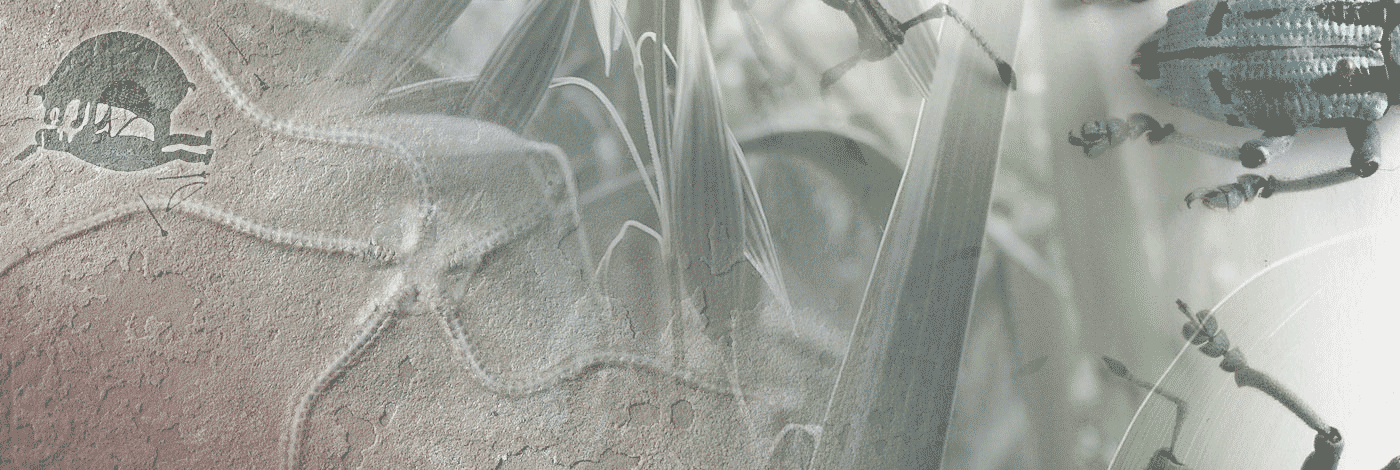
 Bulletin du Muséum national d'Histoire naturelle, 4ème série – section C – Sciences de la Terre, Paléontologie, Géologie, Minéralogie
18 (2-3) - Page
Bulletin du Muséum national d'Histoire naturelle, 4ème série – section C – Sciences de la Terre, Paléontologie, Géologie, Minéralogie
18 (2-3) - Page In central and eastern Tinrhert of the Algerian Sahara, located between the "Grand Erg Oriental" in the North and Illizi basin in the South, an Upper Cenomanian-Lower Turonian succession is exposed. This occurence is of particularly interest because of its remoteness to other outcrops of the same age : the outcrops from the Maugrabin folded areas in the north are about 1000 km away; the distance from the nearest outcrops of the Saharan Central Massif (Niger, Nigeria) in the south is the same magnitude. In comparison with the plateaus which extend from the Tinrhert westwards (particularly the Tademait), the sequence is rich in ammonites and suitable for detailed zonation. Furthermore, the rocks are not dolomitized and thus provide means of dating the extensive Cenomanian-Turonian limestones from the Algerian Sahara (in the easternmost Tinrhert, High of El Biod, Mzab), Libya (northern Tripolitania, Hamada El Homra), and a large part of the Magrab, the extreme south of Tunisia (Dahar) to the Atlantic coast. From this Cenomanian-Turonian sequence in Tinrhert more than 200 ammonites have been collected, which are determinable to species. The material has permitted a systematic study and revision of the work of Collignon (1957, 1965). A number of taxa described by Collignon have been placed in synonymy and the number of species has been reduced from 36 to 15. The positioning of a large part of the material within measured sections allows the recognition of six successive biostratigraphic intervals : interval 1 containing Neolobites vibrayeanus (d'Orbigny, 1841) and Cunningtoniceras tinrhertense (Collignon, 1969); interval 2 containing N. vibrayeanus, Forbesiceras sp, Calycoceras (Calycoceras) naviculare (Mantell, 1822) and Eucalycoceras pentagonum (Jukes-Browne, 1896); interval 3 containing Nigericeras gadeni (Chudeau, 1909); interval 4 containing Vascoceras gamai (Choffat, 1898) and V. cauvini (Chudeau, 1909) associated to N. gadeni at the bottom and to Pseudaspidoceras grecoi (Collignon, 1965), Fikaites subtuberculatus (Collignon, 1965) and F . laffitei (Collignon, 1965) at the top; interval 5 containing Pseudotissotia nigeriensis (Woods, 1911); interval 6 containing P. nigeriensis, Choffaticeras gr. quaasi (Peron, 1904) - pavillieri (Pervinquière, 1907) and Choffaticeras sp . On account of the disappearance of V. cauvini at the top of interval 4 and the appearance of P. nigeriensis at the base of interval 5, the Cenomanian-Turonian boundary is placed between intervals 4 and 5. This means that the Cenomanian-Turonian boundary in the Tinrhert is now placed considerably higher than in previous studies (Collignon 1957, 1964; Busson 1965, 1972), where the beds with Nigericeras and above were ascribed to the Turonian. These new subdivisions allow correlations with both the Maugrabin and of the Niger -Nigeria successions.
Tinrhert, Algérian Sahara, Upper Cenomanian, Lower Turonian, ammonites, new taxon, biostratigraphy